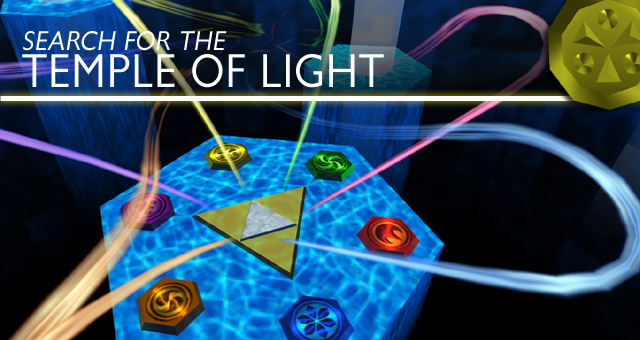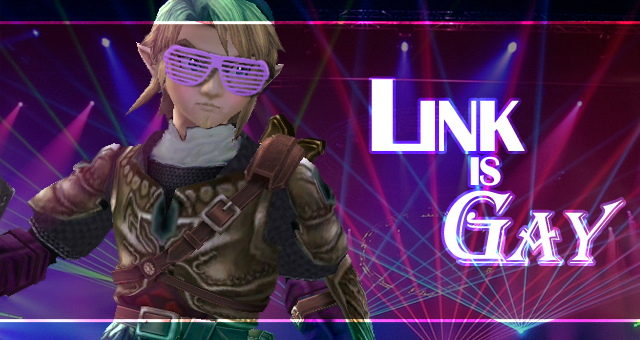
The ending sequence to Ocarina of Time can be described with many words. Epic, nostalgic, climactic, accomplished and emotional. For the theorist, words like perplexing, confusing and intriguing will also be on the list. There are all of the subtleties that piece together the split timeline, but perhaps nothing is left quite as unexplained as the penultimate scene of Navi’s departure. Zelda fans have long been questioning the significance of the moment, and although very few people were sad to see Navi go, many still want to know why she left. This article suggests one possibility.
You may or may not be familiar with a theory on the Temple of Light, which ultimately suggests that the window in the Temple of Time where Navi flies off to is a gateway to the Temple of Light, and therefore, the Sacred Realm. Read “Search for the Temple of Light” for a more detailed explanation. Given the common sense that we wouldn’t expect Navi to fly through a glass window, the Sacred Realm theory has weight. The question that this raises is why does Navi go to the Sacred Realm? My suggestion is that she is only going back to where she came from, now that her purpose is accomplished!













